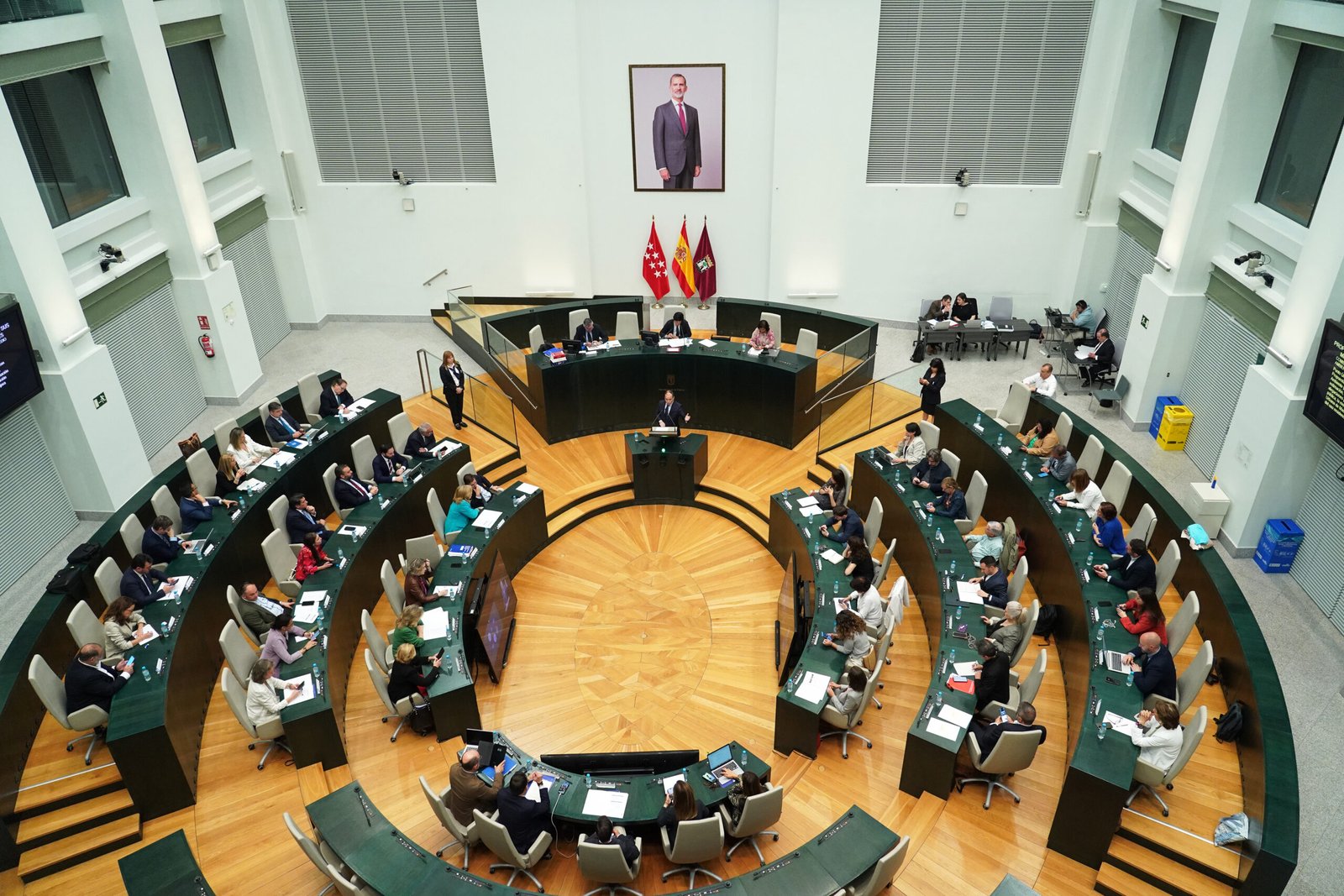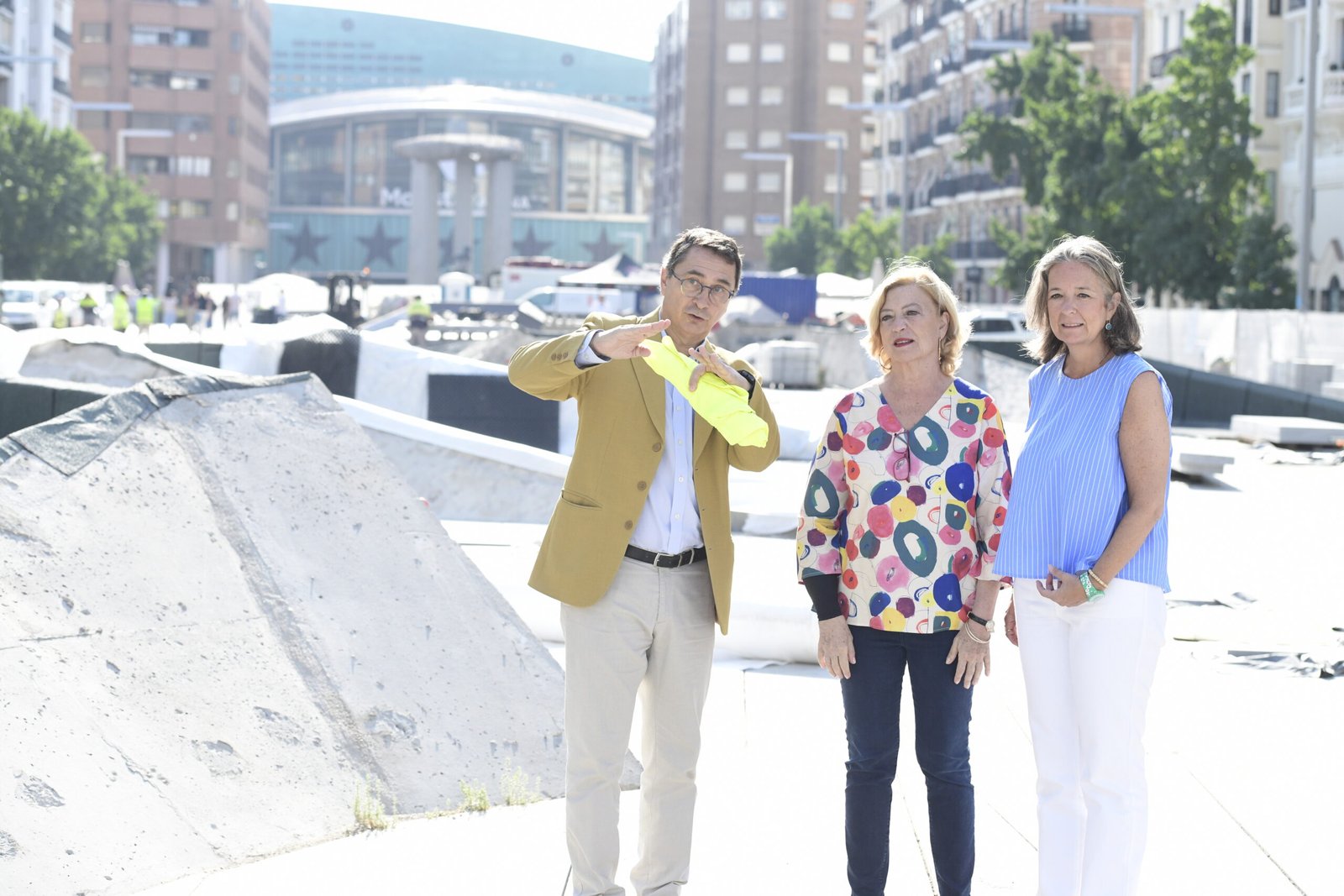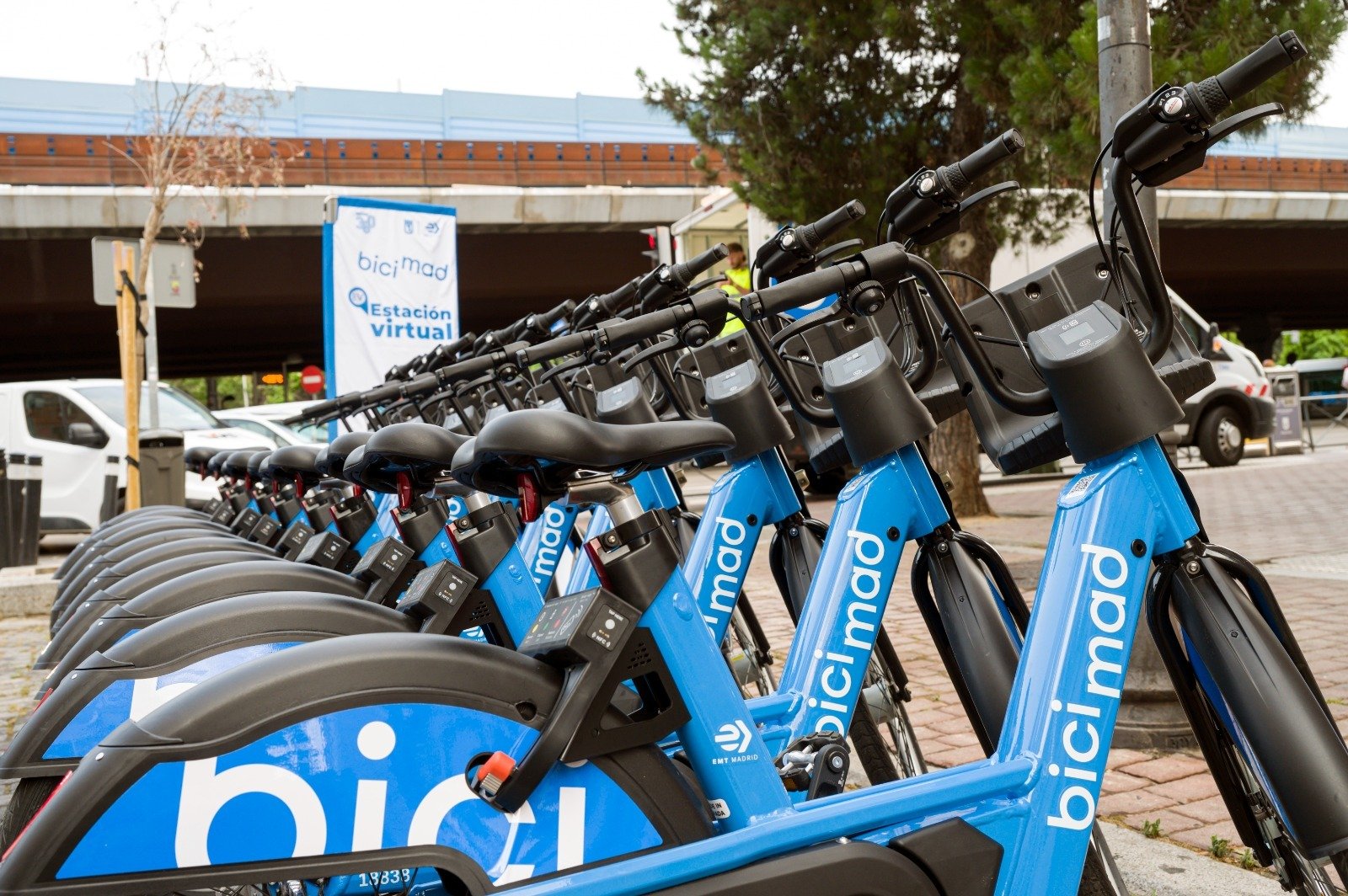The full rewritten version has been provided below:
The Madrid City Council has provisionally approved the RESIDE Plan on Wednesday in an extraordinary session to protect and promote residential use in the city and ensure an orderly and legal tourist offer that enhances coexistence between residents and visitors.
The aim of this modification to the General Urban Planning Plan is to protect the quality of life of city residents without compromising economic development. Therefore, it advocates for a model where tourist apartments coexist with other accommodation options, while safeguarding residents from the effects of sharing space in the same building. Thus, the RESIDE Plan will not allow tourist apartments to operate in residential buildings, opting instead for their concentration in blocks dedicated entirely to tourist activities, decentralizing this economic activity and moving it to tertiary axes. In this way, the aim is to recover and increase the housing stock for regular residential use in the central area.
The modification of the General Plan through the RESIDE Plan, promoted by the Urban Planning, Environment, and Mobility Area led by Borja Carabante, has reached the Madrid Council after the text was made public. Out of 59 written submissions received from citizens and organizations (three late), two submissions were fully considered, 30 submissions were partially considered (including those from the municipal groups Más Madrid, Socialist, and Vox), and 30 submissions were rejected. The plan was approved with the votes in favor of the Popular Party Municipal Group, the abstention of the Vox Municipal Group, and the votes against from the Más Madrid and Socialist municipal groups. The document will be sent to the Community of Madrid for review and final approval. The RESIDE Plan is expected to come into effect in August 2025.
"We want there to be tourist apartments in the city," stated Carabante, clarifying that they must coexist "without displacing the resident." The RESIDE Plan, he guaranteed, will fulfill these two premises.
Simplification of the regulated areas
The City Council simplifies the regulation of the 2019 Special Lodging Plan (PEH), which is still in effect. While the PEH regulated three zones, the RESIDE Plan acts in two areas: the historical center – where the presence of tourist apartments is higher, and consequently, the loss of real estate assets for residential use is also higher – and the rest of the city.
The obligations for the historical center are limited to the following streets:
- Avenida de la Reina Victoria.
- Glorieta de los Cuatro Caminos.
- Calle de Raimundo Fernández Villaverde.
- Calle de Joaquín Costa.
- Plaza de la República Argentina.
- Glorieta de López de Hoyos.
- Glorieta de Francisco Silvela.
- Plaza de Manuel Becerra.
- Calle de Doctor Esquerdo.
- Calle de Pedro Bosch.
- Calle de Cocheras.
- Calle de Téllez.
- Calle del Comercio.
- Avenida de Ciudad de Barcelona.
- Calle de Méndez Alvaro.
- Calle de General Lacy hasta Ramírez de Prado.
- Calle de Tomás Bretón.
- Calle de Juana Doña.
- Calle de Juan de Vera.
- Linde oriental of the Penitentiary of Yeserías plot.
- Calle de Alejandro Ferrant.
- Western and southern boundaries of the building corresponding to Calle de Embajadores, 173.
- Calle de Embajadores.
- Plaza de Italia.
- Plaza del Molino.
- Plaza de Legazpi.
- Calle del Maestro Arbós.
- Avenida del Manzanares sur to Pasaje de Montserrat.
- Madrid Río Park.
- Glorieta del Marqués de Vadillo.
- Avenida de Manzanares.
- Calle de Puente de San Isidro.
- Avenida del Manzanares.
- Paseo de la Ermita del Santo.
- Glorieta del Puente de Segovia.
- Paseo de Marqués de Monistrol.
- Paseo Bajo de la Virgen del Puerto.
- Glorieta San Vicente.
- Cuesta de San Vicente.
- Paseo del Rey.
- Calle de la Rosaleda.
- Calle de Francisco y Jacinto Alcántara.
- Paseo de Camoens y Valero.
- Glorieta del Maestro.
- Paseo de Ruperto Chapi.
- Plaza de Cristo Rey.
- Eastern boundary of Avenida del Arco de la Victoria to Calle Isaac Peral.
- Calle de Isaac Peral.
- Paseo de San Francisco de Sales.
- Calle de Guzmán el Bueno to Avenida de la Reina Victoria.
Within this perimeter, the RESIDE Plan establishes the following guidelines:
1. To protect residential use:
a) Tourist apartments are prohibited in residential buildings, even on the ground floor.
b) Tourist apartments are allowed without limitations in buildings that are not for residential use.
c) In a cataloged residential building located in a non-tertiary street, the use can only be changed to tourist apartments in an exclusive building for 15 years, with a direct license linked to the building’s rehabilitation and restoration. Subsequently, it will return to residential use.Outside the historical center, the Madrid City Council allows the implementation of tourist apartments under current conditions in both complete buildings and scattered residences that coexist with residential use. In the latter case, a new requirement has been added that these tourist apartments must have independent access on the first floor and ground floor, a novelty incorporated after the public consultation.
2. To recover residential use:
a) The City Council will offer urban advantages to convert tertiary-use buildings into residential use with incentives such as increasing existing building capacity.
b) The transformation of private, cataloged, and obsolete asset facilities into residential use for affordable rental housing and/or coliving is allowed. This change will only be permitted in cataloged buildings, through a special protection plan that ensures their restoration and rehabilitation. Currently, there are 210 buildings of this kind in the historical center of the city.3. To protect local commerce:
The 2019 Lodging Plan allowed tourist apartments to be established on the ground floor, leading to the disappearance of many neighborhood stores from the central area because the profitability of tourist housing is higher, resulting in a reduction of services for residents. From 2015 to 2024, 3,306 premises have been transformed into homes and/or tourist apartments in Madrid.With the RESIDE Plan, the transformation of commercial premises into tourist apartments in the historical center and the transformation of premises into residences in the main tertiary streets are not permitted.
In this regard, the transformation of premises into residences and tourist apartments is prohibited in the following tertiary streets outside the historical center:
- Calle de Bravo Murillo, from Calle del Conde de Serrallo to Glorieta de Cuatro Caminos.
- Calle de López de Hoyos, from Calle Príncipe de Vergara to Calle Clara del Rey.
- Calle de Clara del Rey, from Calle Padre Xifré to Calle López de Hoyos.
- Calle de Cartagena, from Avenida de América to Calle de Francisco Silvela.
- Calle de Alcalá, from Calle de Santa Leonor to Plaza de Manuel Becerra.
- Calle de Sepúlveda, from Calle de Pradales to Cal



